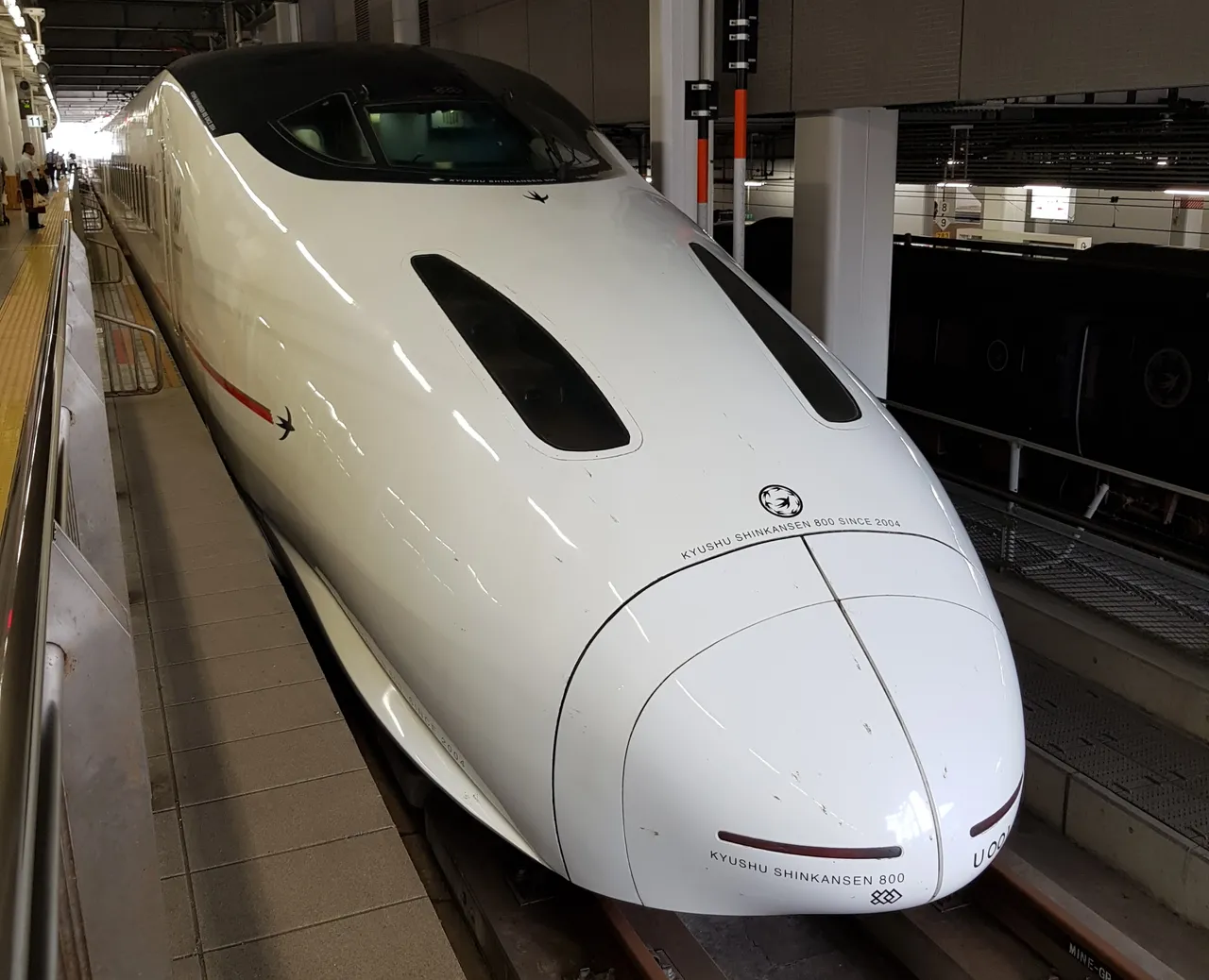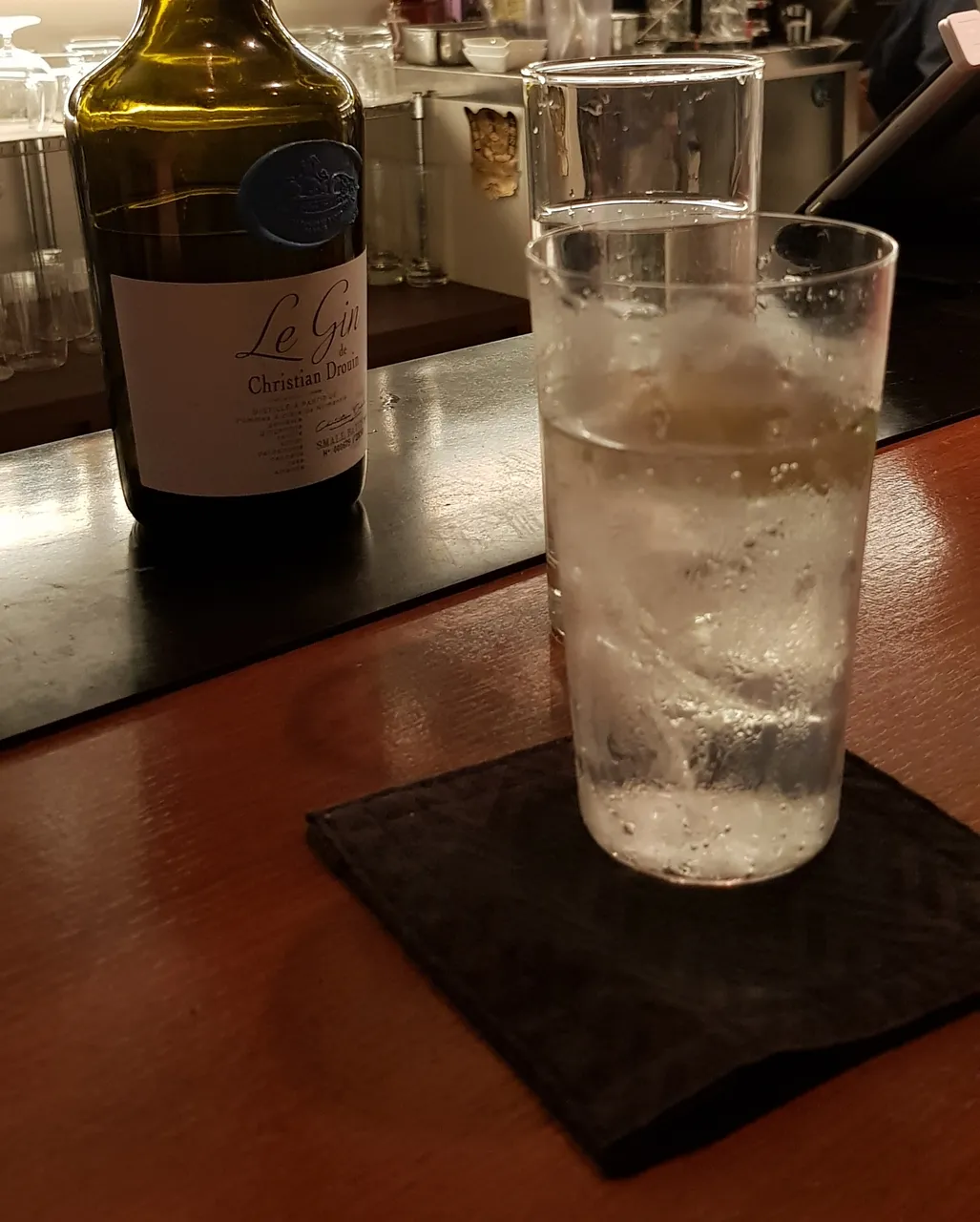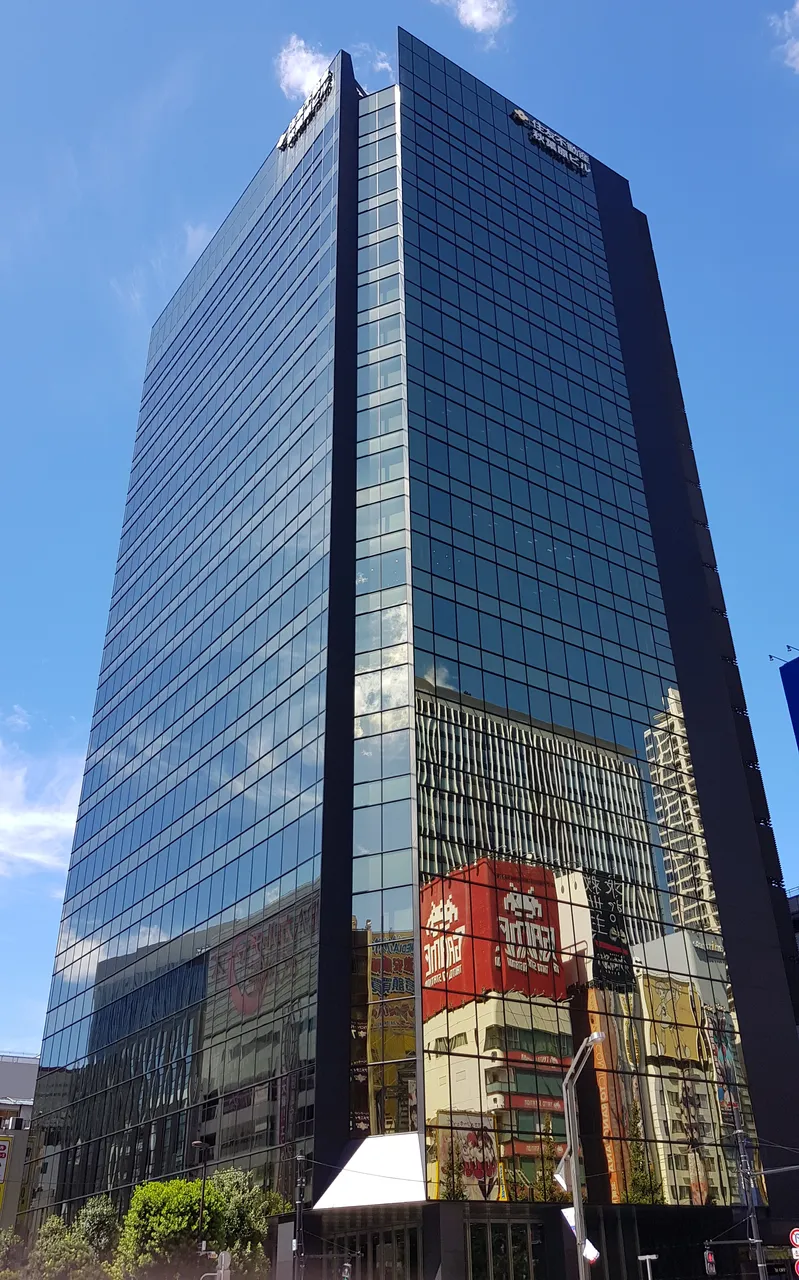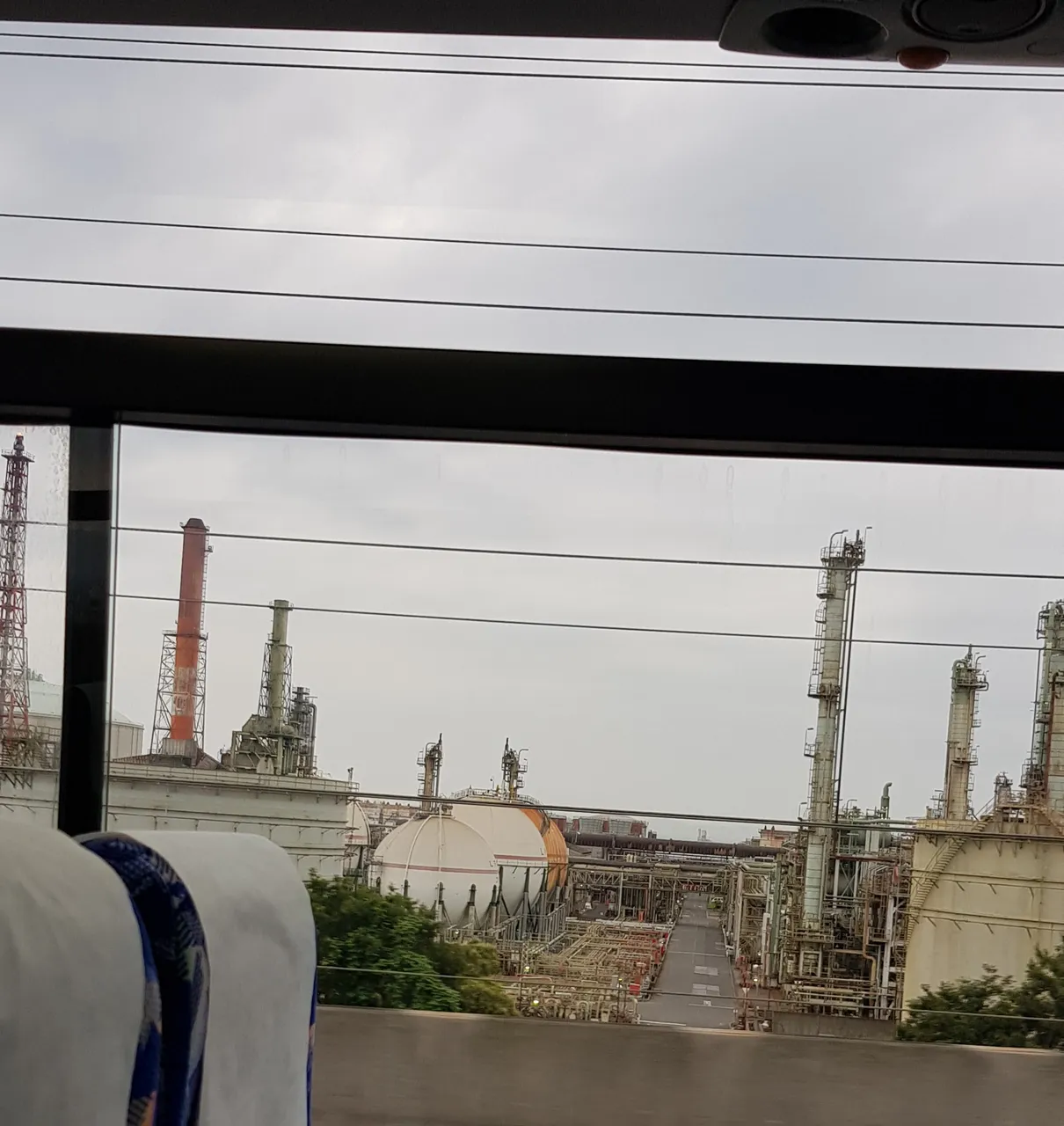Yet, the unlucky streak of weather has been continuing, which meant that it has been tricky to experience something that you could write a unified blog about, like the Ise grand shrine. As such, this post is going to be more of a compilation of thoughts and feelings in no particular order; smaller but not necessarily less profound things and experiences or my thoughts and feelings about Japan in general. As Super Mario says: Here we go!
Shinkansen
The mighty Japanese bullet train known as the Shinkansen is an institution in high-speed railway transportation and due to the fact that you can ride it for free if you purchase a Japan Rail Pass, any foreign visitor worth his salt will quickly get to know intimately during his travels to Japan. First opened in 1964 between Tokyo and Osaka, the Shinkansen network has since expanded to reach all the way to south Kyushu and the the northern island of Hokkaido as well as to the more rural west coast of Honshu. Despite railway transportation hardly being a new mode of transportation and the Tokaido Shinkansen(the line between Tokyo and Osaka) being more than five decades old at this point, there is still something incredibly futuristic about entering the sleek, aerodynamic and seemingly endlessly long bullet trains and subsequently blasting through the Japanese countryside with nearly 300 km/h(186 mi/h). This is the type of travel that Japanese psytrance is made for!

The bullet train that never ends
Food and Drink
One of Japan's best features is her before mentioned small shop culture. If one is feeling adventurous and preferably know some basic Japanese, going out to the tiny bar or restaurant in the area, where you are staying and trying out the local thing as well as feeling the intimate energy can be an incredibly rewarding experience. Whether you are on the lookout for some easy bar food and cold beer in a place bustling with locals or a quiet drink in more refined surroundings, chances are that all that and more can be found in walking distance from the hotel you are staying at, just ask at the front desk or follow the stream of businessmen from your local station at around 6-7 PM. Tipping is not a thing in Japan (you literally cannot do it. Even if you try to leave the virtually worthless 1-yen coins behind, the waiters will come running after you telling you you forgot something) and water is always free, so prices are very transparent and, considering the quality of the food most places in Japan, very reasonable.

A quiet apple G&T at one of my favourite places in Hiro-o, Tokyo
Architectural Contrasts
Most people, who has only had a pop culture exposure to Japan is likely to perceive Japan as a country of delicate, refined beauty and in regards to many things, this is a true statement. Japanese in general tend to care a lot about their outward appearance and the Japanese social code based on very subtle mannerisms and social cues is an endless source of fascination (and frustration) to me. Yet, when arriving in Japan, many foreign visitors are likely to be struck by the realization that this perception is only half right (at best!) when it comes to Japanese buildings. The big cities of course have their share of modern glass-and-steel skyscrapers and sleek, fancy apartment complexes, but in between these very tributes to modern architecture you can find very run-down looking buildings and what can only be called dilapidated shacks of rusty tin plating and wood.

There are plenty of buildings like the Sumitomo Fudosan Akihabara building in Tokyo

...But this is what a normal neighbourhood looks like
This fascinated me to such an extent that I ended up writing my graduate thesis in Japanese real estate finance! Industrial buildings in Japan are very boxy, functionalist affairs painted in drab colours (or mint green for some reason) and can be found interspersed with residential structures to an extent I have yet to experience elsewhere. Large heavy industrial complexes such as cement factories and the like can also often be found in the middle of largely residential zones, whose brutalist, rusty expression gives an interesting feel to the cityscape.

Petroleum refining at Osaka Harbor as seen from a bus window
Thank you for reading this entry in my Japan travel series! If you like this post, please leave an upvote and a comment and do not forget to follow me for more updates from my ongoing trip to Japan! You can also check out the two first entries here: Rain & Aquariums and Ise Grand Shrine